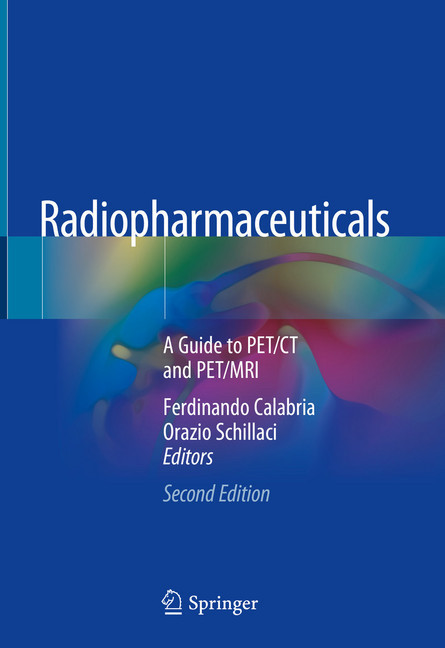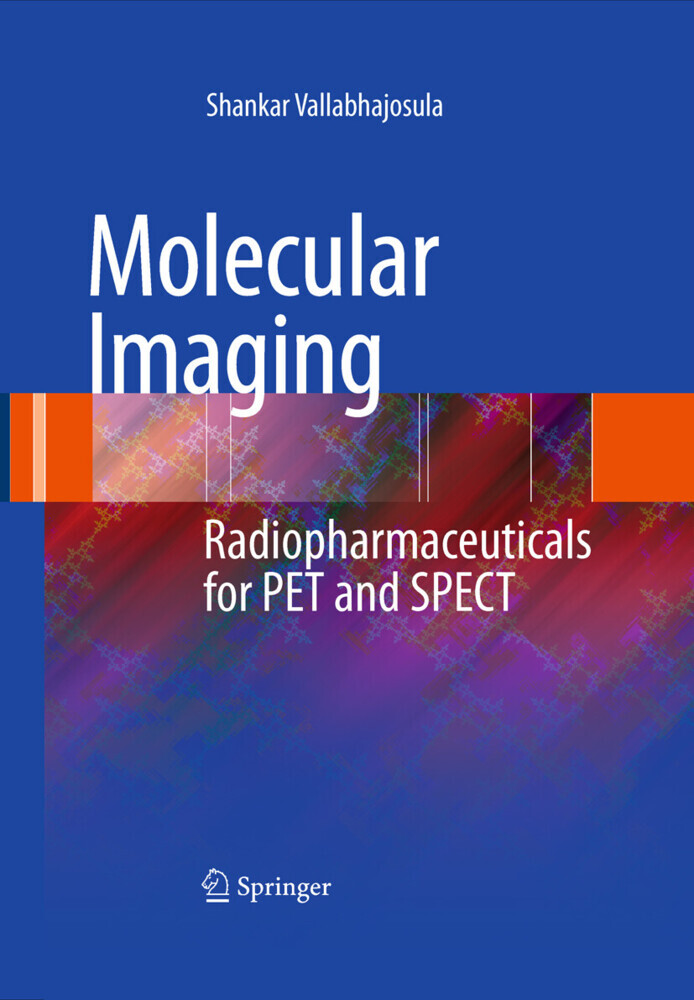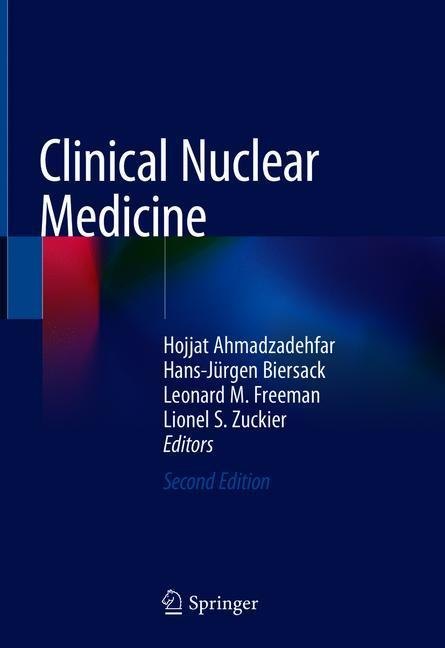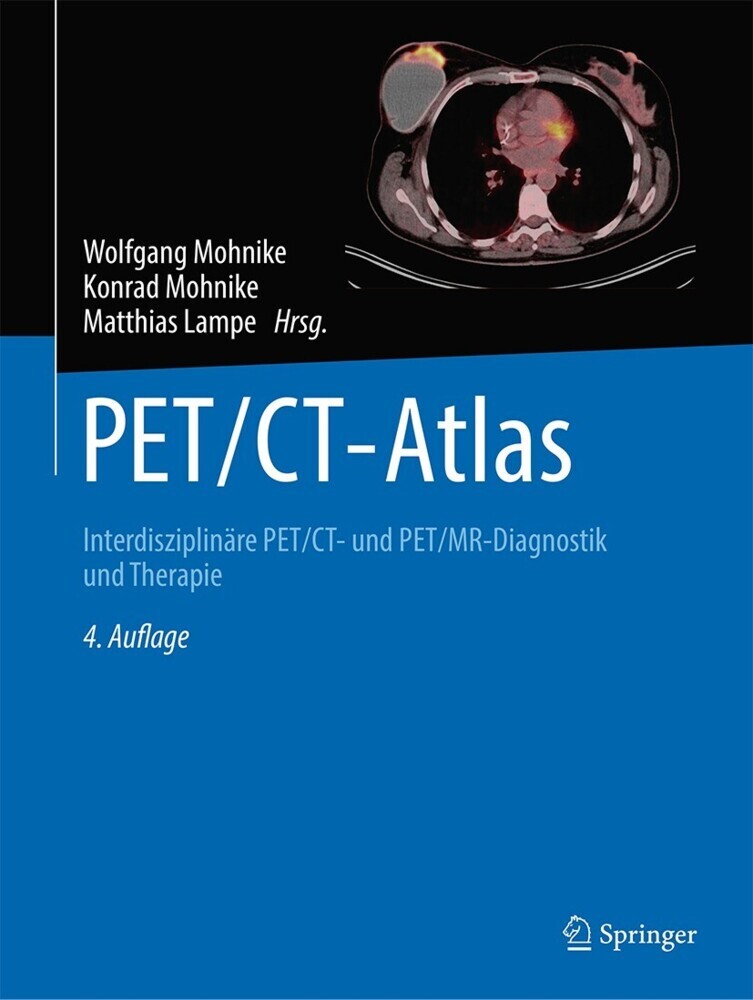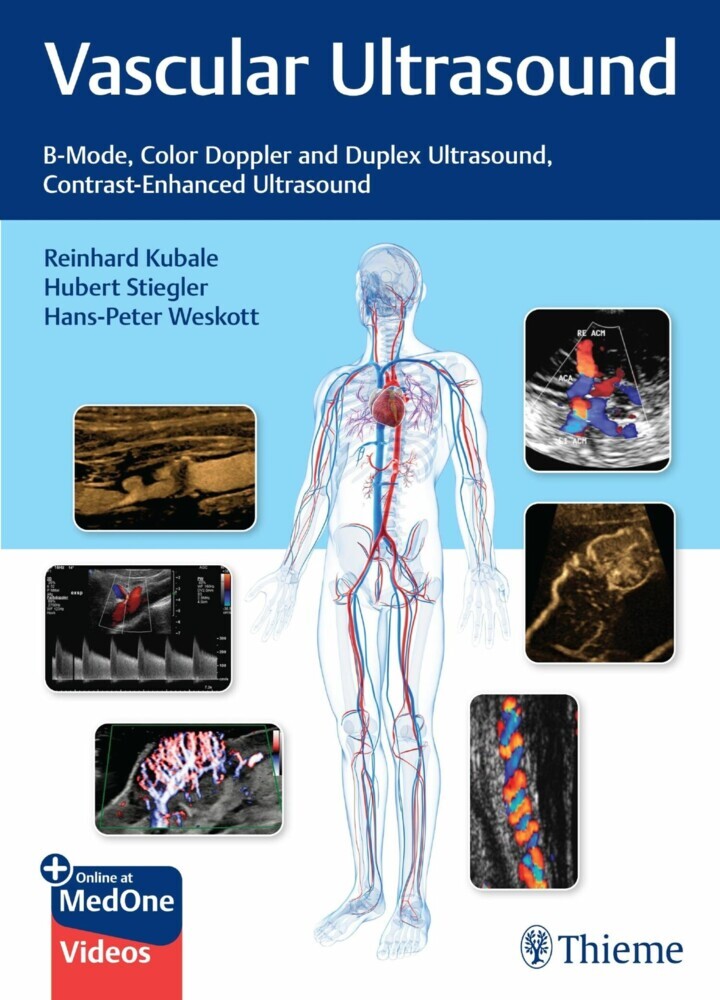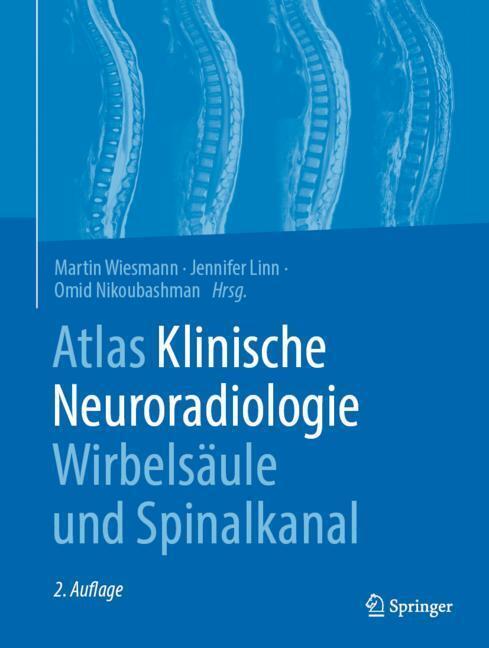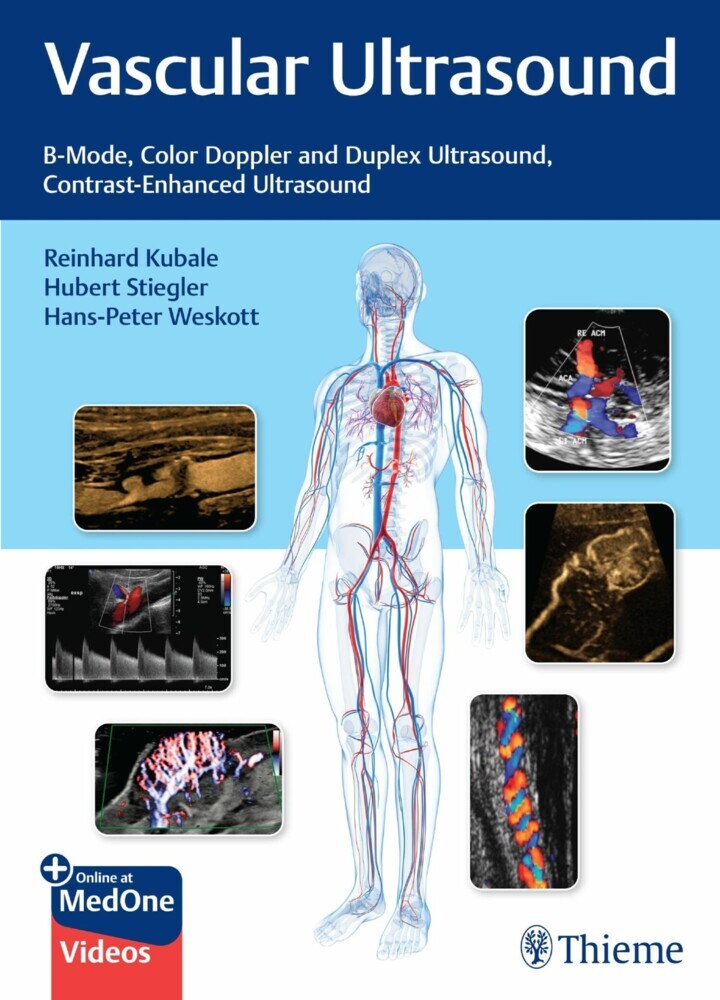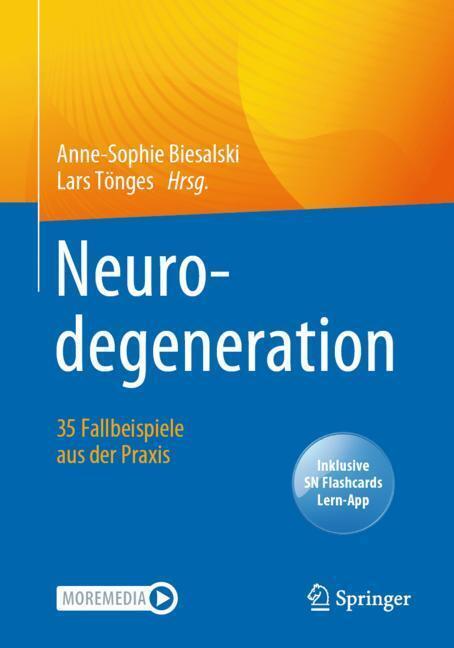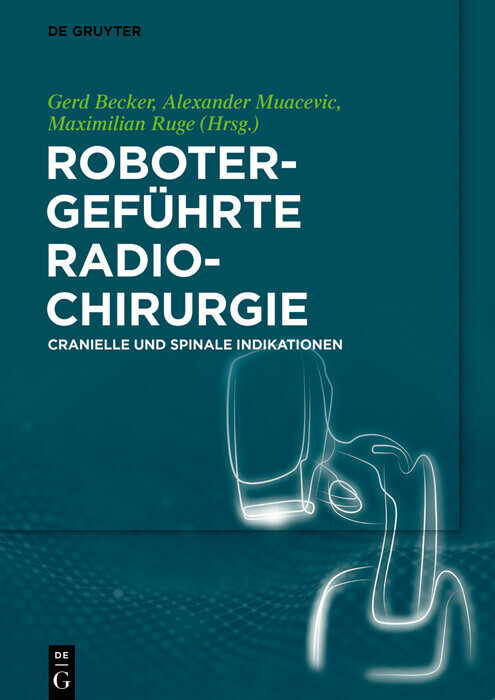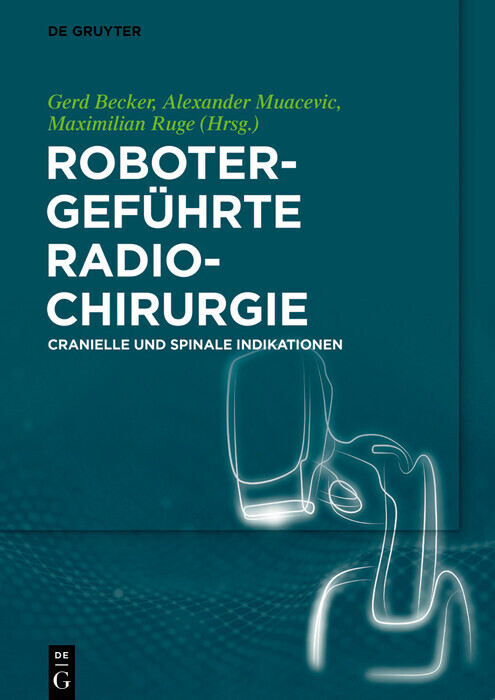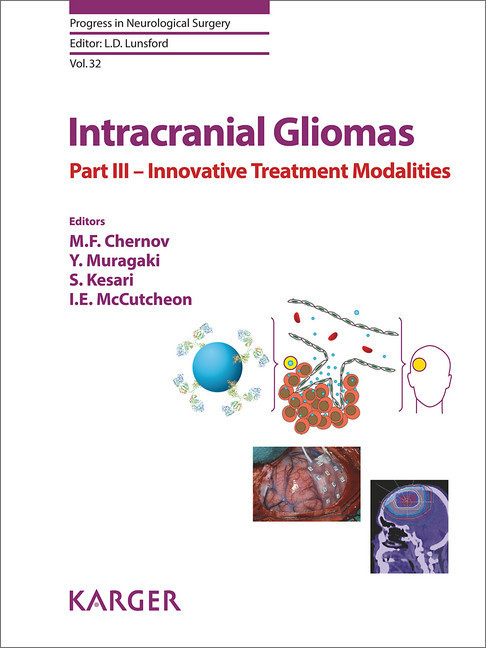Radiopharmaceuticals
The book reflects the rapid development of several PET tracers over the last decade, as a result of which the "traditional" PET/CT with 18F-FDG, the "cornerstone" of PET imaging, is now only one of several available options, which use different tracers for different diseases. For the same reason, PET imaging is no longer limited to the field of oncology.
In the editors' experience, students in medicine and residents in nuclear medicine and radiology have limited access to scientific papers concerning novel PET tracers. Moreover, these papers generally focus on a single PET radiopharmaceutical. With approx. 20 radiopharmaceuticals explained in detail and a wealth of images and clinical cases, the book represents a versatile, comprehensive and practice-oriented guide to PET imaging, pursuing a unique andnovel approach to the clinical role of PET tracers.
The book's didactic nature also makes it an invaluable tool for residents in nuclear medicine and radiology, as well as for radiographers and clinicians in radiotherapy, oncology, hematology, cardiology and neurology.
Calabria, Ferdinando
Schillaci, Orazio
| ISBN | 9783030277796 |
|---|---|
| Artikelnummer | 9783030277796 |
| Medientyp | E-Book - PDF |
| Auflage | 2. Aufl. |
| Copyrightjahr | 2019 |
| Verlag | Springer-Verlag |
| Umfang | 234 Seiten |
| Sprache | Englisch |
| Kopierschutz | Digitales Wasserzeichen |

